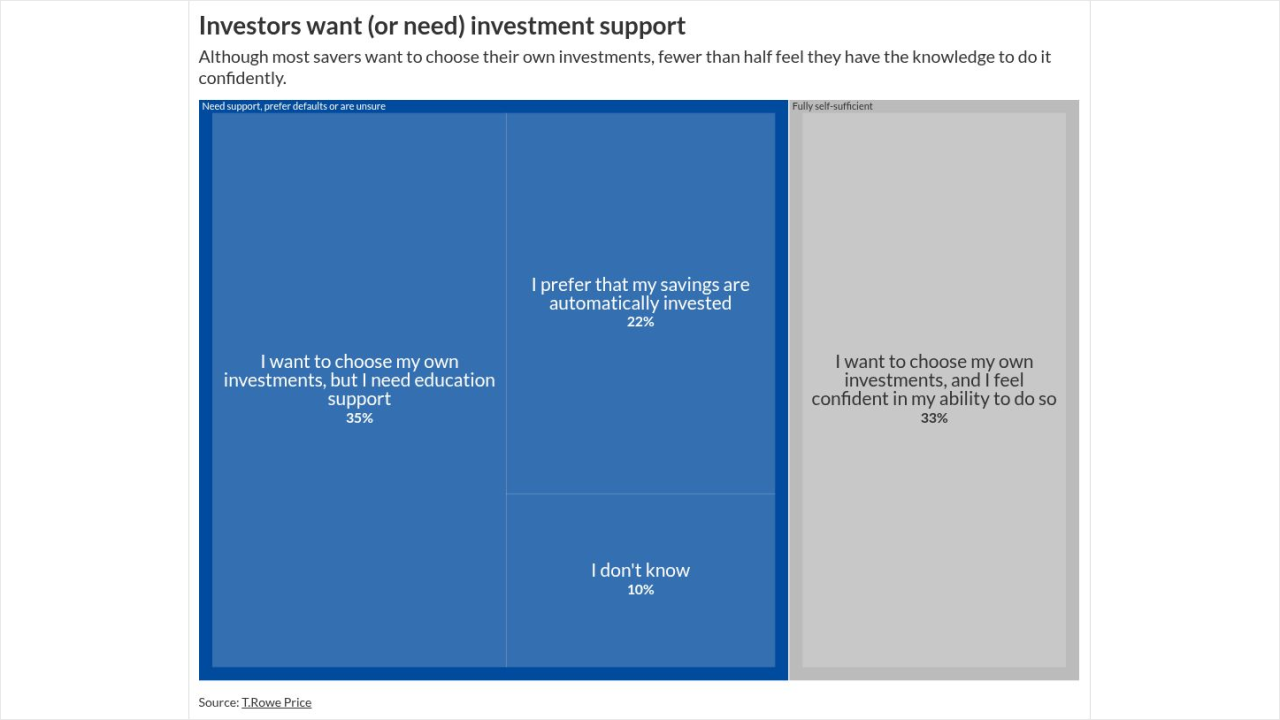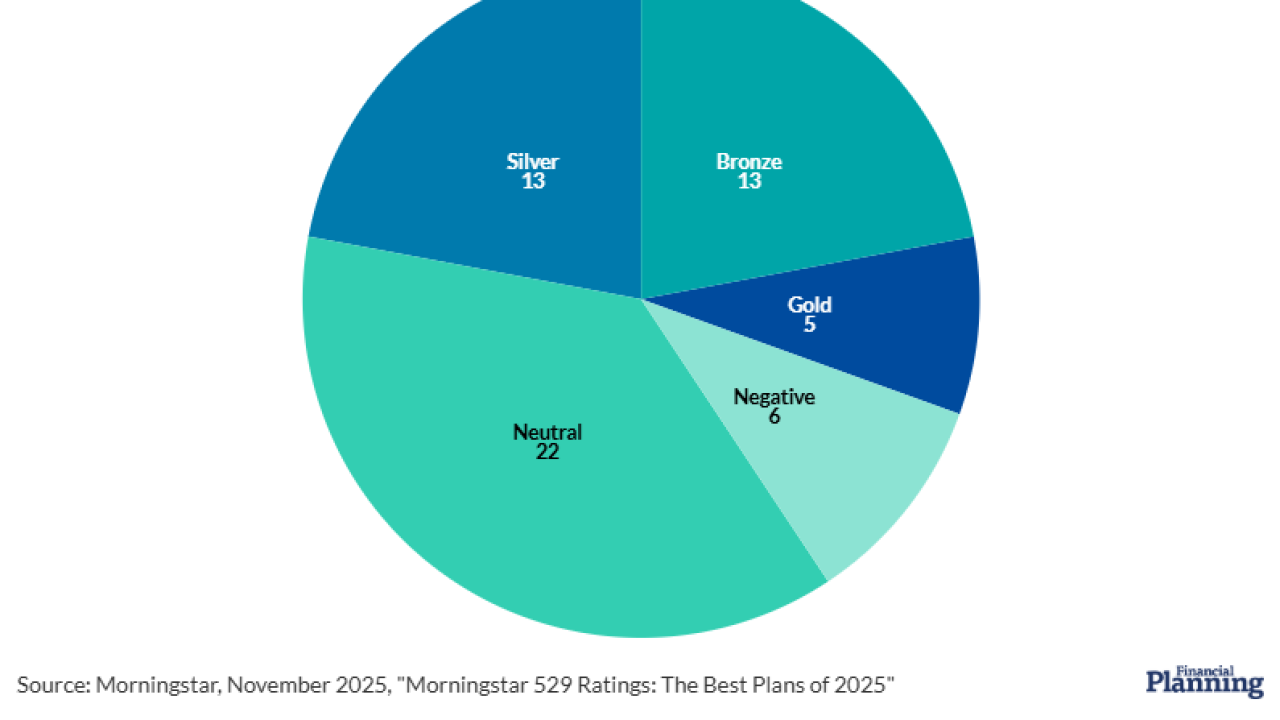Marc Schechter says it was right about the time the RIA he ran hit $1 billion in assets under management that he started receiving regular offers from outside firms wanting to buy it.
But it wasn't until the business hit $4 billion in AUM that Schecter and his partners decided to sell. Schechter Investment Advisors, a
The terms of the deal were not listed then and Schechter declined to go into greater detail in a recent interview. All Schechter — who remains the CEO of Schechter Investment Advisors — would say is that the offer consisted of both upfront cash and equity shares in Arax. That ownership stake meant Schechter and his partners had to feel not only comfortable about moving their practice over to Arax, but also optimistic about the acquiring firm's general business prospects.

"I had to have a lot of confidence about their vision and planning and what they're doing," he said.
What's that EBITDA multiple really mean?
Industry consultants and experts say RIA executives contemplating a sale would be wise to pay attention to variables such as the likely ultimate value of equity shares. Too often, though, they simply fixate on big headline figures when trying to gauge whether they've received a fair offer.
Jay Hummel, a co-founder and partner at Wealth Advisor Growth Network, said advisory owners who sell their businesses often only want to talk about the EBITDA multiple they received — an asking price based on the firm's earnings before interest, taxes, depreciation and amortization. Valuation experts have said that
READ MORE:
Hummel said these sorts of figures can make for fun comparisons at cocktail parties but in reality bear on little more than "ego."
"As I've always said, it's that you want to go to your country club on Friday night and say, 'I got 15 times and you got 12," Hummel said. "But it means absolutely nothing."
Hummel and his partners at Wealth Advisor Growth Network offer a variety of services meant to help advisory firms operate more efficiently and recently founded Uniting Wealth Partners, an aggregator that works to ensure RIA owners receive the maximum value for their practices when they sell. Hummel said firm owners are often too quick to allow their EBITDA to be based on their last year's worth of revenue production without taking into account various one-time events that may have temporarily lowered the figure.
Firms, for instance, may have paid out an unusually large amount in employees bonuses in the past year, had a high tax bill or even had to pay for building maintenance at their home office.
With earnings temporarily depressed by such non-recurring costs, potential buyers have more leeway to make offers at what can seem like mouth-watering EBITDA multiples.
"There are lots of one-time items in their earnings over the trailing 12 months that should be added back, but that the buyer isn't going to pay attention to, because the buyer has no incentive to to pay more," Hummel said.
The earn-out and equity ownership factor
Acquirers will also often make their EBITDA multiples contingent on purchased firms' ability to hit certain performance goals. Many times, for instance, they'll require sellers to increase their revenue production by 10% annually over the course of three years.
Such "earn out" goals, as they're often called, make high EBITDA multiples easier to swallow for buyers. Sellers essentially end up increasing the earnings power of their firms without receiving a corresponding change in the purchase price.
"You're basically paying for your own multiple," Hummel said. "Because if you grow the firm 10% a year for three years, you can go from, just as an example, from a 15X multiple to really a 12X."
Meanwhile, sellers who accept equity shares in an acquiring firm add a further complication. The value of those stakes can't really be determined until they're sold either to investors through an initial public offering or to a private owner like a private equity firm.
"So now, when you do the math on a 15X multiple, you take the earn-outs and you take the stock, you've gone from a 15 down to somewhere between a nine to an 11," Hummel said. "And that's if it all works out."
Caution also warranted for wirehouse breakaways
And it's not only RIA owners who have reason to spend some time looking under the hood of potential partner firms. Former wirehouse or private bank advisors can also fall prey to poorly understood deals when breaking off to join a wealth manager promising them greater independence, said Robertino Coury, the founder and managing member
Coury noted that firms that recruit advisors either as direct employees or independent contractors often promise to let them keep a certain percentage of the revenue they generate. What they are not always upfront about is how much various fees and other charges to those same advisors will eat into that revenue share.
"You see a 100%, a 90% payout, an 80% — that doesn't mean really anything," Coury said. "Because firms can charge an affiliate fee, which is kind of: Hey, this is the cost of just doing business with us. And that's just the starting point. They take it right off the top. Then you have platform fees, you have investment products like turnkey asset management programs."
Coury and his partners founded LinePoint to attract wirehouse and private banking advisors and executives who want to
Coury said the system makes both advisors and, more importantly, clients better aware of exactly what they're paying LinePoint for.
"One of the things I think I can't stress enough is — especially just talking about wirehouses and private banks — the advisors themselves don't know how to articulate how their economics and fees are structured to the end client at the end of the day," he said.
'If I owned an RIA today, I'd sell it'
In the RIA industry, the runup in valuations is being driven largely by fervent competition among private equity-backed RIA aggregators looking for firms to acquire. The industry tracking firm
Hummel said the competition for deals will only intensify as large asset managers like BlackRock and
But those firms are few and far between and, because of their scarcity, can keep pushing for ever-higher valuations. Meanwhile, mid-sized firms with roughly $500 million in assets seem to have hit a peak in what they can ask for from buyers, Hummel said.
"I've said this a million times, and I've said it publicly in speeches, if I owned an RIA today, I'd sell it," he said. "I think the multiples, they're not going up from here."
No specific EBITDA multiple in mind
One of the biggest reasons RIA owners cite for selling their firms is a desire to have an outside partner help with aspects of running a business that have little to do with financial planning. Schechter said he was finding before selling Schechter Investment Advisors to Arax that he and his colleagues were having to dedicate ever more time to providing back-office services.
"We're now at $4 billion [in AUM], and we want to get to $10 billion," Schechter said. "And we just thought that it would be helpful for us if we could do that with a partner and identify a partner that can help us grow."
Schechter said he didn't have a specific EBITDA multiple in mind when contemplating a sale. Rather, he wanted to make sure any deal would not leave him and his partners worse off.
"If you have $100 of EBITDA, and you're selling the business for $1,000, what are you going to do with that $1,000 to replace the $100 of EBITDA that you were putting in your pocket?" he said.
One advantage to selling, Schechter said, is a reduced tax bill. Proceeds from a sale, he said, are taxed at the rate for capital gains, which is much lower than the income tax rate that Schechter and his partners had to pay on their earnings when they owned the firm.
Schechter said he talked to at least 20 potential buyers before deciding to go with Arax, which he selected largely because its general approach to financial advice aligned with his. The process, he said, required him to spend a great deal of time talking to lawyers, bankers, accountants and other professionals, not to mention other advisors who have taken a similar step.
Having gone through it all, his advice to others is to find a partner sooner rather than later.
"Sure, I can hire people to deal with the compliance and legal and HR issues, but those things still have crept into my time and focus," Schechter said. "And I feel like it got to a point where the value of me not talking to that next high net worth client was more costly than sharing some of the business with a new partner."






